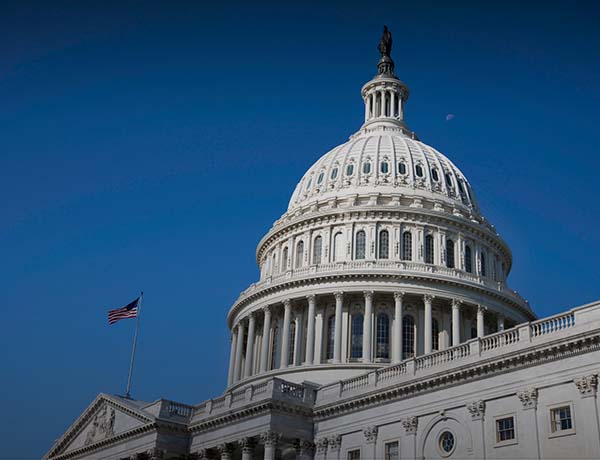Changing Unhealthy Behaviors
Most Americans know the fundamentals of good health: exercise, proper diet, sufficient sleep, regular check-ups, and no smoking or excessive alcohol. Yet, despite this knowledge, changing existing behaviors can be difficult. Look no further than the New Year Resolution, 80% of which fail by February.1
Generally, negative motivations are inadequate to effect change. (“I need to quit smoking because my spouse hates it.”) Motivation needs to come from within and be positively oriented. (“I want to quit smoking so I can see my grandchildren graduate.”)
Goals must be specific, measurable, realistic, and time-related. In other words, “I am going to exercise more” is not enough. You need to set a more defined goal, e.g., “I am going to walk 30 minutes a day, five days a week.”
Permanent Change is Evolutionary, not Revolutionary
As a rule, individuals travel through stages on their way to permanent change. These stages can’t be rushed or skipped.
Phase one: Precontemplation. Whether through a lack of knowledge or because of past failures, you are not consciously thinking about any change.
Phase two: Contemplation. You are considering change, but aren’t yet committed to it. To help you move through this phase, it may be helpful to write out the pros and cons of changing your behavior. Examine the barriers to change. Not enough time to exercise? How could you create that time?
Phase three: Preparation. You’re at the point of believing change is necessary and you can succeed. When making plans it’s critical to begin anticipating potential obstacles. How will you address temptations that test your resolve? For instance, how will you decline a lunch invitation from work colleagues to that greasy spoon restaurant?
Phase four: Taking action. This is the start of change. Practice your alternative strategies to avoid temptation. Remind yourself daily of your motivation; write it down if necessary. Get support from family and friends.
Phase five: Maintenance. You’ve been faithful to your new behavior. Now it’s time to prevent relapse and integrate this change into your life.
Remember, this process is not a straight line. You may fail, even repeatedly, but don’t let failure discourage you. Reflect on why you failed and apply that knowledge to your efforts going forward.
1. ABCNews.com, January 1, 2025
The content is developed from sources believed to be providing accurate information. The information in this material is not intended as tax or legal advice. It may not be used for the purpose of avoiding any federal tax penalties. Please consult legal or tax professionals for specific information regarding your individual situation. This material was developed and produced by FMG Suite to provide information on a topic that may be of interest. FMG Suite is not affiliated with the named broker-dealer, state- or SEC-registered investment advisory firm. The opinions expressed and material provided are for general information, and should not be considered a solicitation for the purchase or sale of any security. Copyright FMG Suite.



